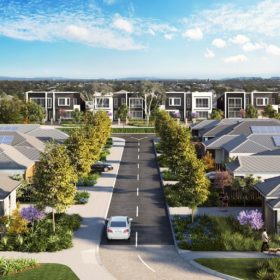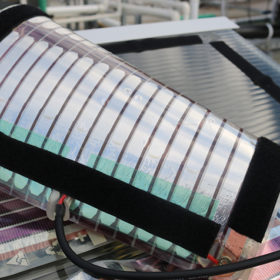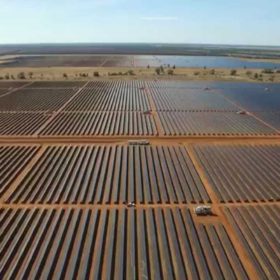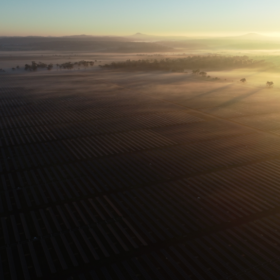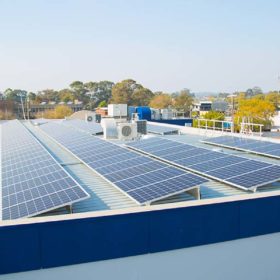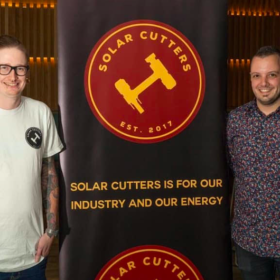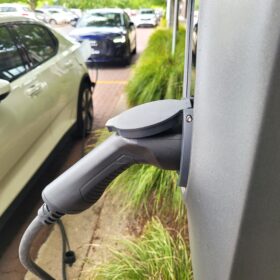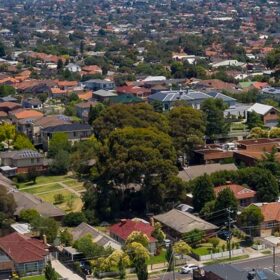WA’s novel solar lease popular with homebuyers at The Amble Estate
A housing development in Perth’s northern suburb Girrawheen is the first of its kind for Western Australia to provide a solar system with every home. Launched last year by provider Infinite Energy, the solar lease has proved to be a winner for homebuyers, resulting in a 40% saving on daytime power costs.
Solar Juice becomes REC Group partner
Solar Juice has signed an agreement to distribute REC Group modules in Australia – in particular to target commercial and industrial (C&I) customers. The announcement last week, made no note of the patent lawsuit that Hanwha Q Cells has brought against REC Group in Australia, which includes two of its distributors.
Victoria’s Solar Homes program returns with a bang
The first-in best-dressed Solar Homes program kicked off on Monday, with a half of solar rebates available in July snapped in the first day. The revamped scheme will be accompanied with a more stringent auditing program and other measures to optimize the rollout following difficulties that have plagued round one.
Flinders Uni steps up viability of next-generation solar cells
Researchers at Flinders University have been experimenting with producing phosphorene, a nanomaterial that could increase the efficiency of ultra-cheap solar cells by 10-20%.
Under new asset management — Australia’s utility-scale solar farms
Year two of Australia’s utility-scale solar boom and the first wave of defects liability periods is rolling to an end, providing new opportunities for long-term maintenance and optimisation of plant performance. This week the Smart Energy Council and SolarPlaza raised a conference in the name of Solar Asset Management, to help address risks and responsibilities for these and future solar farming.
Milestones passed on the road to an Australian Performance Standard for Battery Testing
The Australian Battery Performance Standard Project (ABPS) was launched in June of 2018 and has now advanced into its second and last stage after completing an intensive period of analysis and calibration. Along with the recently completed ITP Renewables testing, Australia will soon have comprehensive standards across the board. The ratification of performance standards would solidify Australia’s place as a front-runner in the global battery storage industry.
Risen Energy’s Yarranlea Solar Farm nearing completion
Chinese PV module maker Risen Energy has announced that it is advancing rapidly towards the completion of its 121 MW Yarranlea Solar Farm in Queensland, with construction scheduled to conclude as early as October 2019.
First tenders awarded in $5 million Rooftop Solar Schools program
As part of its plans to transition to 50% renewable energy by 2030, the Northern Territory government is moving forward with its solar schools program with tenders awarded for installation at five schools.
Researchers develop method to synthesize graphene from eucalyptus bark
A team of Australian and Indian researchers has developed a method to synthesize soluble graphene in a cost-effective and eco-friendly way from one of Australia’s most abundant resources, gum trees.
Solar Cutters build a community to slash poor quality PV installations, components
Poor quality installations and components plagued the state-based FIT era of Australian solar. Unscrupulous ‘phoenix’ retailers remain a problem today. Solar Cutters directors, founders and good friends, Kosta Bourandanis and Jack Long decided to take the problem into their own hands, in a pretty unique way.
